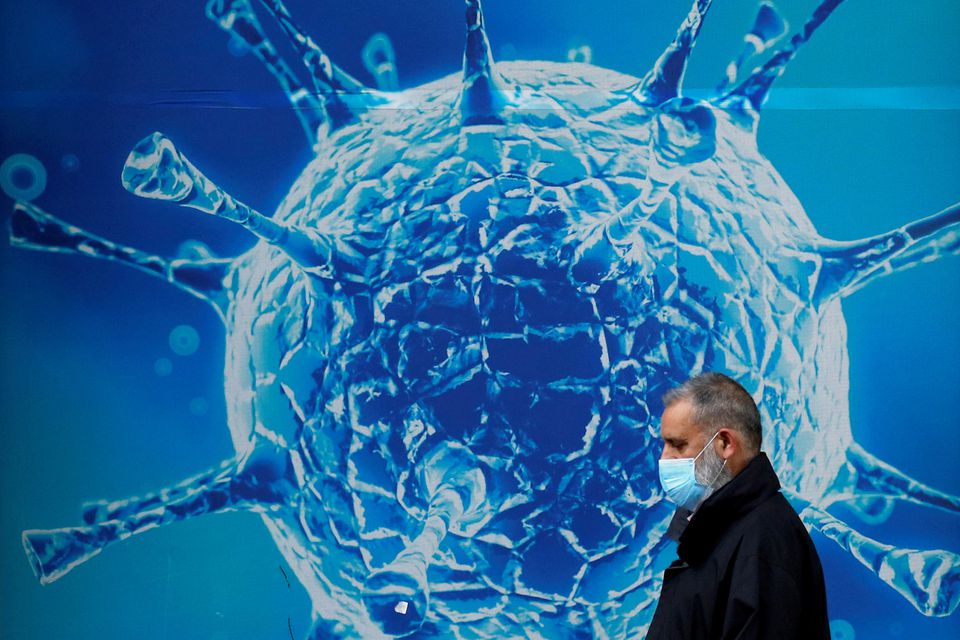The name of the new threat to the world is ‘Omicron’, the coronavirus variant with deadly mutations that first manifested itself in southern Africa. It is no coincidence that African countries are among those that remain at the bottom of the vaccination coverage. And that appears to be a problem. The looming threat of Omicron ravaging the world seems to be the consequence of the fault in distribution of vaccines. With vaccine distribution heavily tipping in favour of developed and developing countries, poor countries have been left in the lurch. Omicron seems to be reminding the vaccine-rich countries that if under-developed countries do not have adequate vaccine coverage, they are not safe as well, no matter how well and widely they have vaccinated their own people. The lesson the latest coronavirus variant has for the world is that no one is safe until all are safe. No wonder, Omicron is making its footprints in the vaccine dose-rich West from Europe to Australia triggering a panic reaction in the form of fresh travel bans and lockdowns. This also exposes a chink in the armour of the developed nations. All those multi-billion dollars of investment by large pharmaceutical companies have gone into development of various vaccines.
The old saying of ‘prevention is better than cure’ undoubtedly holds true. However, modern medicine had never encountered a pandemic of this proportion. The constant mutation of the COVID-19 virus and the new threat of the Omicron variant could be giving out a message that new variants are working their way around the vaccines. If that is proven correct in the near future then prevention alone may not be the solution. Investing into research for finding a cure for the virus is more important now than ever before, apart from spreading the net of vaccination to poor countries.
Some experts claim the new variant is a deadly side effect of vaccine inequality. It means a global system has been put in place allowing wealthy nations and large developing countries to get most of the jabs available in the market leaving the poor countries to fend for themselves. This is a vicious cycle the whole world has been caught in. For, low vaccination rates in poor countries have turned them into potential breeding grounds for viral mutations that can fast spread to the rest of the world. Full vaccination rates in the United States, France and China stand at 60 per cent, 70 per cent and 77 per cent, respectively. Against such coverage, Africa’s 1.2 billion people have succeeded in getting vaccines at the rate of a meagre 6 per cent. This negates the achievements made in the rich countries, China and India as they now stand helplessly exposed to Omicron rearing its head from Africa. Preliminary indications suggest Omicron may spread fast and with relative ease, though it is not clear as yet whether it will be as virulent as the Delta variant.
There is no doubt that travel ban against African nations could possibly be the only way to prevent another major global wave of the pandemic. This also emphasises the need for researching and developing a cure, as soon as possible, and extending the vaccine network to deprived nations.
